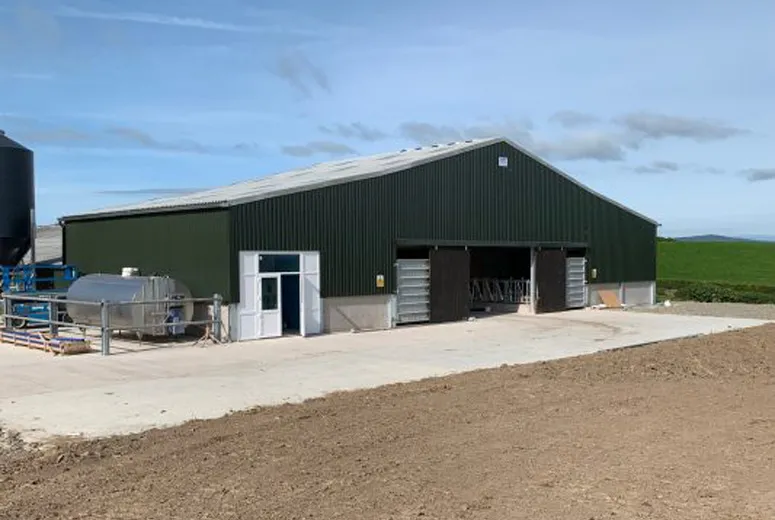- Afrikaans
- Albanian
- Amharic
- Arabic
- Armenian
- Azerbaijani
- Basque
- Belarusian
- Bengali
- Bosnian
- Bulgarian
- Catalan
- Cebuano
- Corsican
- Croatian
- Czech
- Danish
- Dutch
- English
- Esperanto
- Estonian
- Finnish
- French
- Frisian
- Galician
- Georgian
- German
- Greek
- Gujarati
- Haitian Creole
- hausa
- hawaiian
- Hebrew
- Hindi
- Miao
- Hungarian
- Icelandic
- igbo
- Indonesian
- irish
- Italian
- Japanese
- Javanese
- Kannada
- kazakh
- Khmer
- Rwandese
- Korean
- Kurdish
- Kyrgyz
- Lao
- Latin
- Latvian
- Lithuanian
- Luxembourgish
- Macedonian
- Malgashi
- Malay
- Malayalam
- Maltese
- Maori
- Marathi
- Mongolian
- Myanmar
- Nepali
- Norwegian
- Norwegian
- Occitan
- Pashto
- Persian
- Polish
- Portuguese
- Punjabi
- Romanian
- Russian
- Samoan
- Scottish Gaelic
- Serbian
- Sesotho
- Shona
- Sindhi
- Sinhala
- Slovak
- Slovenian
- Somali
- Spanish
- Sundanese
- Swahili
- Swedish
- Tagalog
- Tajik
- Tamil
- Tatar
- Telugu
- Thai
- Turkish
- Turkmen
- Ukrainian
- Urdu
- Uighur
- Uzbek
- Vietnamese
- Welsh
- Bantu
- Yiddish
- Yoruba
- Zulu
დეკ . 15, 2024 11:32 Back to list
Understanding Pre-Engineering Building Costs A Comprehensive Overview
The construction industry has evolved dramatically over the last few decades, driven by technological advancements, changing regulations, and the increasing demand for efficiency. Among the notable innovations is the rise of Pre-Engineered Buildings (PEBs). These structures offer a flexible, cost-effective alternative to traditional construction methods. As the demand for PEBs continues to grow, understanding their costs becomes essential for builders, investors, and stakeholders. This article delves into the various factors that contribute to pre-engineering building costs and how they can be managed effectively.
What are Pre-Engineered Buildings?
Pre-Engineered Buildings are constructed using pre-fabricated materials, primarily steel or metal, which are manufactured and assembled off-site. The components are then transported to the construction site where they are quickly assembled. This method drastically reduces the time and labor costs associated with traditional building methods, making it an attractive option for a wide range of applications—from industrial warehouses to commercial buildings and sports facilities.
Factors Contributing to Pre-Engineering Building Costs
1. Material Costs The primary factor influencing the total cost of pre-engineered buildings is material expenses. Steel, the most commonly used material, is subject to market fluctuations. The price of steel can vary significantly due to factors such as global demand, tariffs, and the costs of raw materials. Other materials, such as insulation, roofing, and siding, also contribute to overall expenses. Thus, understanding and forecasting material costs is critical for budgeting.
2. Design and Customization Pre-engineered buildings can be highly customized to suit the specific needs of a project. While standard designs may offer lower costs, customized solutions can increase the overall expense. Factors such as the complexity of the design, specific structural requirements, and additional features (e.g., larger clear spans, varying heights, specialized insulation) will affect the final price. Engaging with experienced designers early in the project can help in balancing customization and cost.
pre engineering building cost

3. Labor Costs Although pre-engineered buildings are designed to reduce labor costs thanks to quicker assembly times, skilled labor is still necessary for the erection process. Labor costs can vary significantly depending on the location of the project and the availability of skilled workers. In regions with a higher cost of living, labor expenses can escalate. As such, project managers should conduct thorough local labor market assessments when estimating costs.
4. Transportation and Logistics The location of the construction site plays a vital role in determining the transportation costs of the pre-fabricated components. If distances are significant, shipping costs can increase substantially. Moreover, logistical challenges such as road conditions, permits, and handling requirements must be factored into the budget. Efficient planning and choosing local suppliers can help mitigate these costs.
5. Foundation and Site Preparation Even though PEB can be erected quickly, the preparation of the site and foundation is critical and can add to overall costs. Factors such as soil quality, grading, drainage, and existing infrastructure will dictate the extent of site preparation required. A thorough site assessment will be necessary to avoid unforeseen expenses later in the project.
6. Regulatory Compliance Building codes and regulations can vary significantly by region, impacting construction costs. Compliance with local regulations, including zoning laws, safety standards, and environmental considerations, can influence the design and materials used. Ensuring that all aspects of the project adhere to regulations can prevent costly delays and revisions.
Conclusion
Pre-engineered buildings offer numerous advantages, including cost savings and reduced construction times. However, understanding the range of factors that contribute to their costs is essential for effective budgeting and project planning. By carefully considering material choices, design complexities, labor availability, transportation logistics, site preparation, and regulatory requirements, stakeholders can ensure that they optimize their investment in pre-engineered buildings. Emphasizing informed decision-making and strategic planning will lead to successful outcomes in this evolving sector of the construction industry.
-
Cold Formed Steel Residential Framing
NewsMay.21,2025
-
Innovative Steel Structure Building Solutions
NewsMay.19,2025
-
Innovative Prefab Metal Shed Solutions
NewsMay.19,2025
-
Durable Steel Horse Shelter Solutions
NewsMay.19,2025
-
Durable Metal Shed Solutions
NewsMay.19,2025
-
Durable Big Metal Shed Solutions
NewsMay.19,2025
Products categories
Our Latest News
We have a professional design team and an excellent production and construction team.












